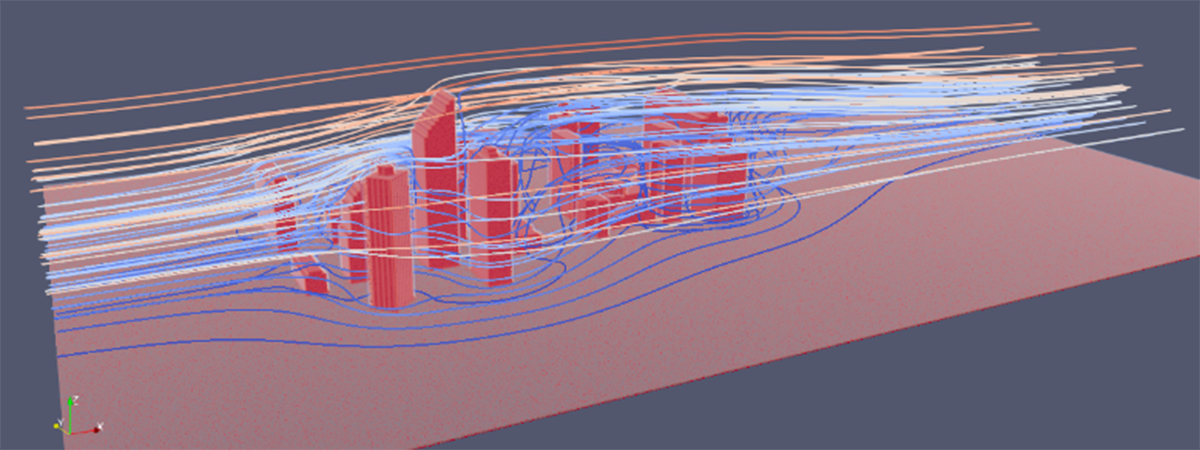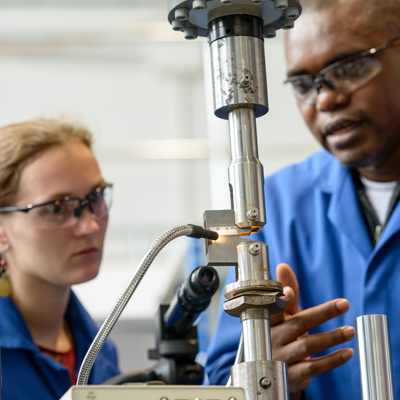
Researchers at Cranfield University have been awarded funding from the UK national supercomputing service – ARCHER2 – to develop a computer code which can be integrated with artificial intelligence (AI) to help address air pollution and carbon storage.
The research, led by Dr Liang Yang from the Centre for Energy Engineering, will build on a previously developed code to create a new open-source modelling code. Integrating with machine-learning techniques, the new code will create faster, more accurate air flow simulations, increased flexibility of use and will lead to new applications for environmental challenges.
Advancing simulations to solve engineering problems
Dr Liang Yang, Lecturer in Marine Renewable Energy, said: “Our project aims to bridge the gap between AI and traditional fluid dynamics simulations to solve challenging engineering problems. This code can be used to investigate CO2 storage and its impact on the environment, using computational modelling and simulation to better understand the behaviour of CO2 in geological formations.”
The study of fluid (liquid and gas) flows is an important subject of civil, mechanical, and chemical engineering. Accurate calculation of forces, pressure, and velocity can help understanding of flow mass and heat transportation processes allowing engineers to develop effective solutions.
The new code promises a significant boost to decarbonisation efforts, including CO2 sequestration and the development of geothermal, renewable and nuclear energy processes, by improving the modelling and calculations involved in fluid flows and CO2 storage.
New code could help address air pollution concerns
Along with helping to understand CO2 storage inside rocks, the code could also be used to study urban and atmospheric airflows and help to address environmental issues such as air pollution around buildings and urban heat islands – higher temperatures around cities. It will be helpful to urban planners and could also be used to model air flows inside buildings and air exchange between indoor and outdoor environments.
Dr Yang continued: “By leveraging the power of high-performance computing and AI, we hope to develop new insights and solutions that can help address these complex challenges.”
The funding comes from ARCHER2’s embedded computational science and engineering (eCSE) programme which provides awards to improve software on ARCHER2. The project, scheduled to begin in April 2023, builds on existing research into the lattice Boltzmann method, a method for simulating fluid dynamics, and open-source code.
It is the first eCSE grant received by Cranfield University. ARCHER2 is a high-performance computing resource for UK researchers managed by UKRI and the Engineering and Physical Sciences Research Council (EPSRC).




